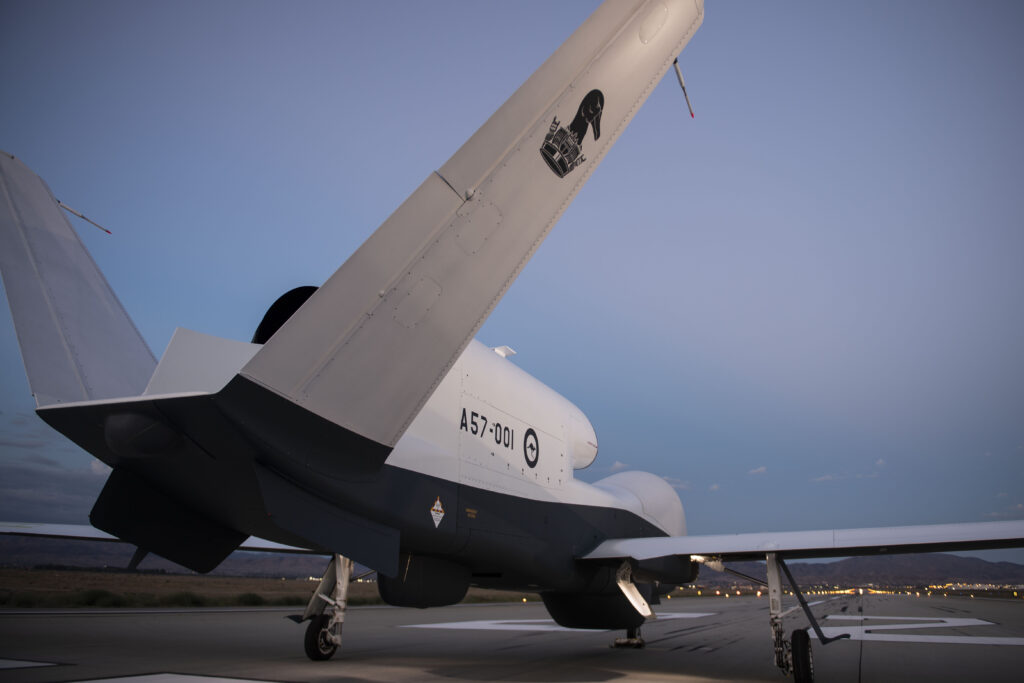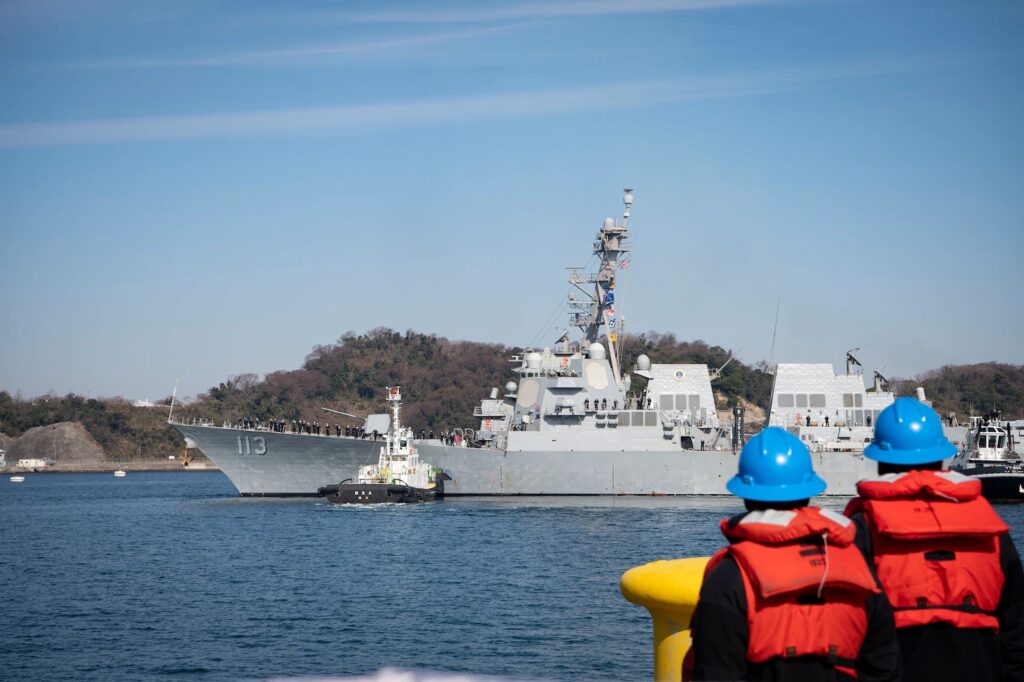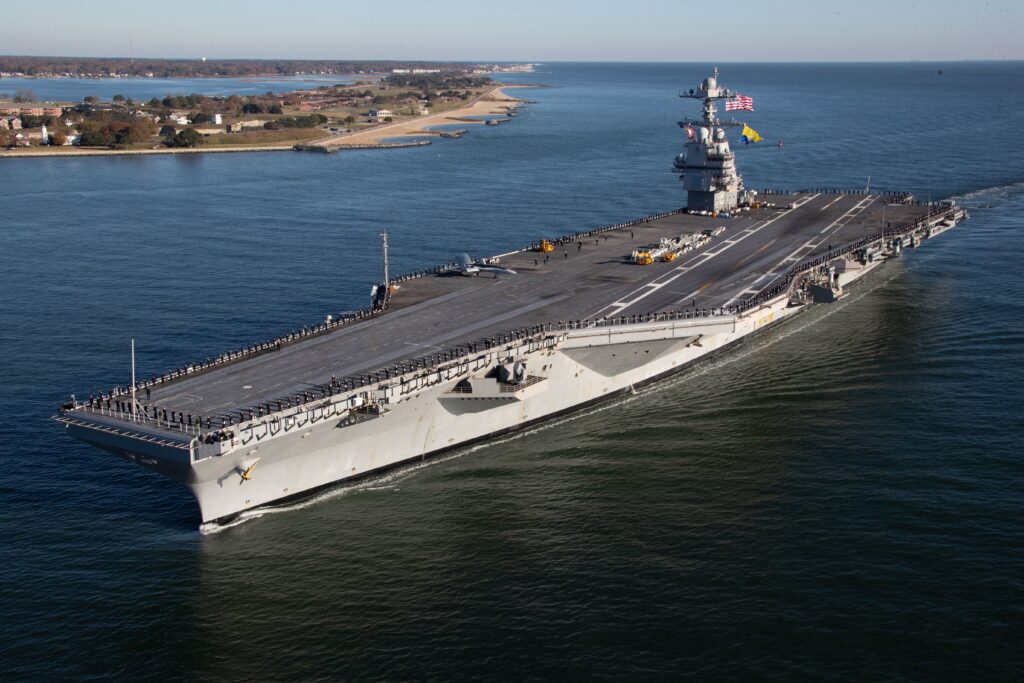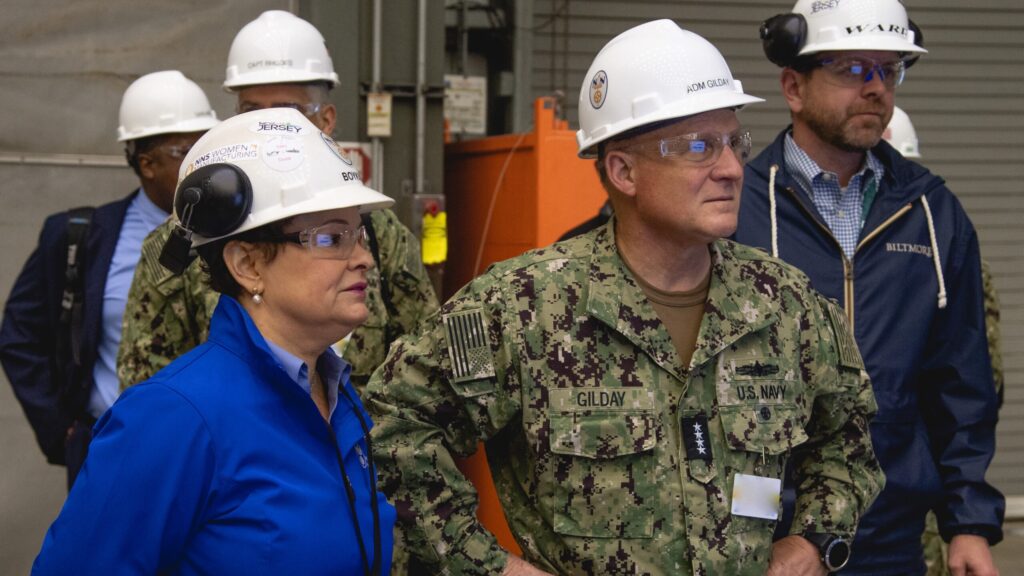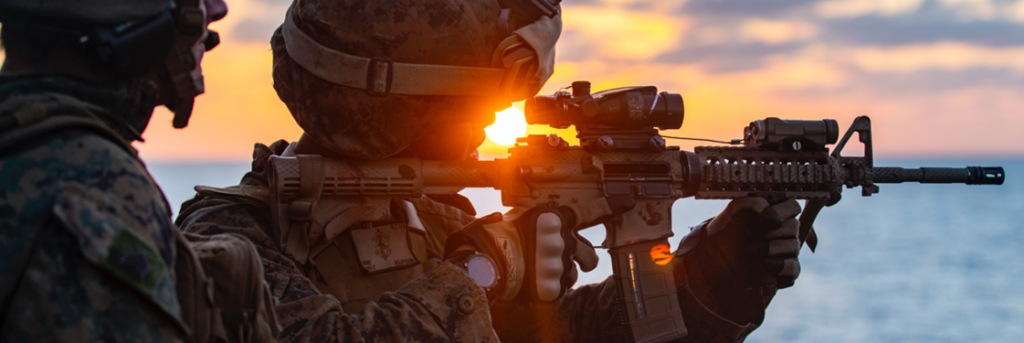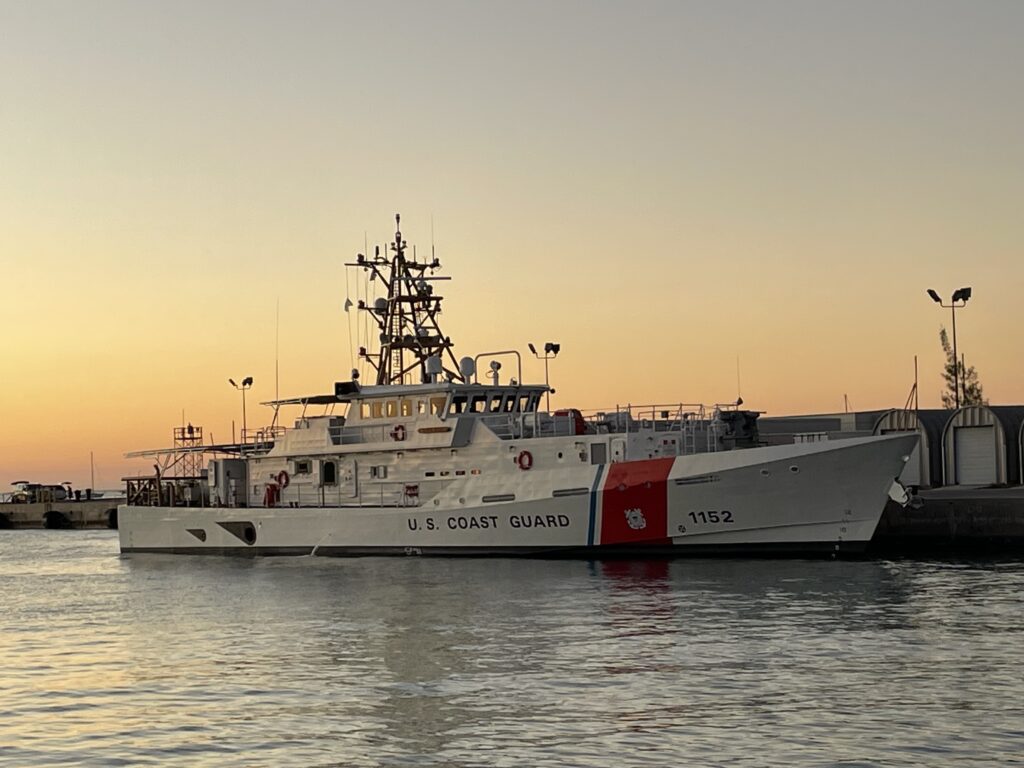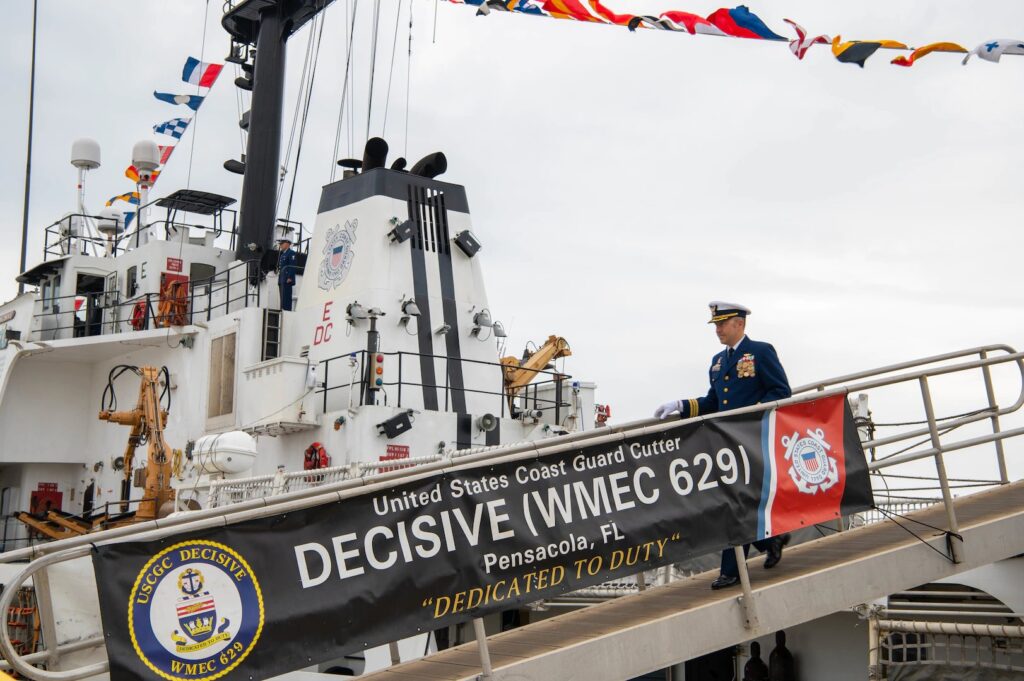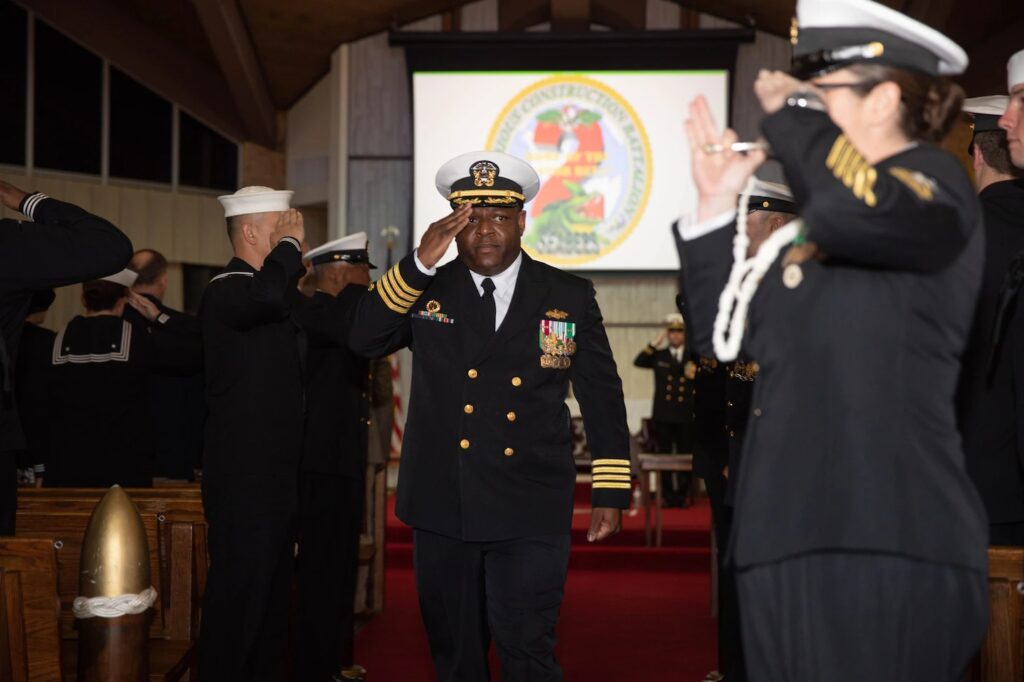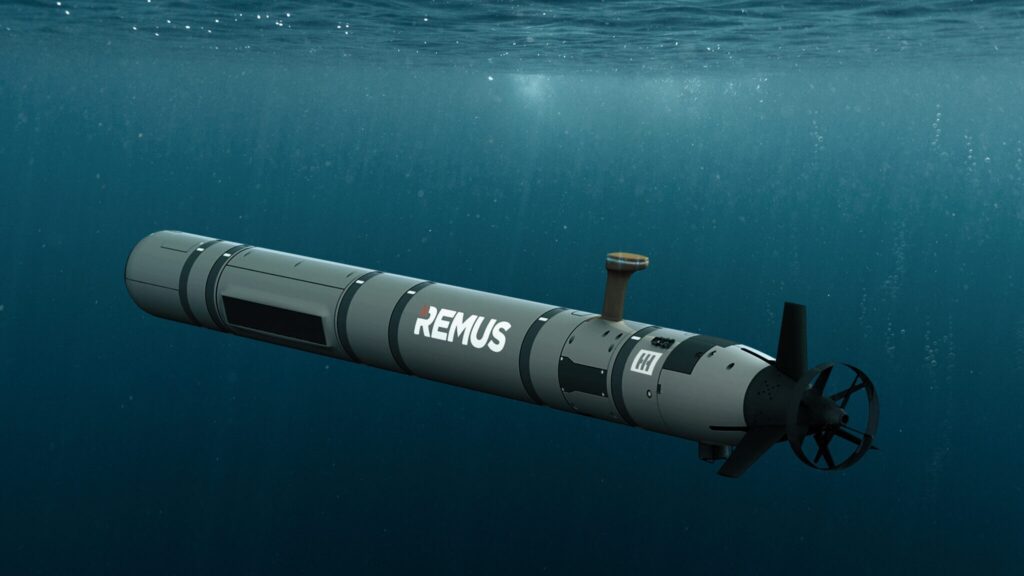BOLLINGER KICKS OFF CONSTRUCTION OF T-ATS 10 WITH STEEL CUTTING CEREMONY
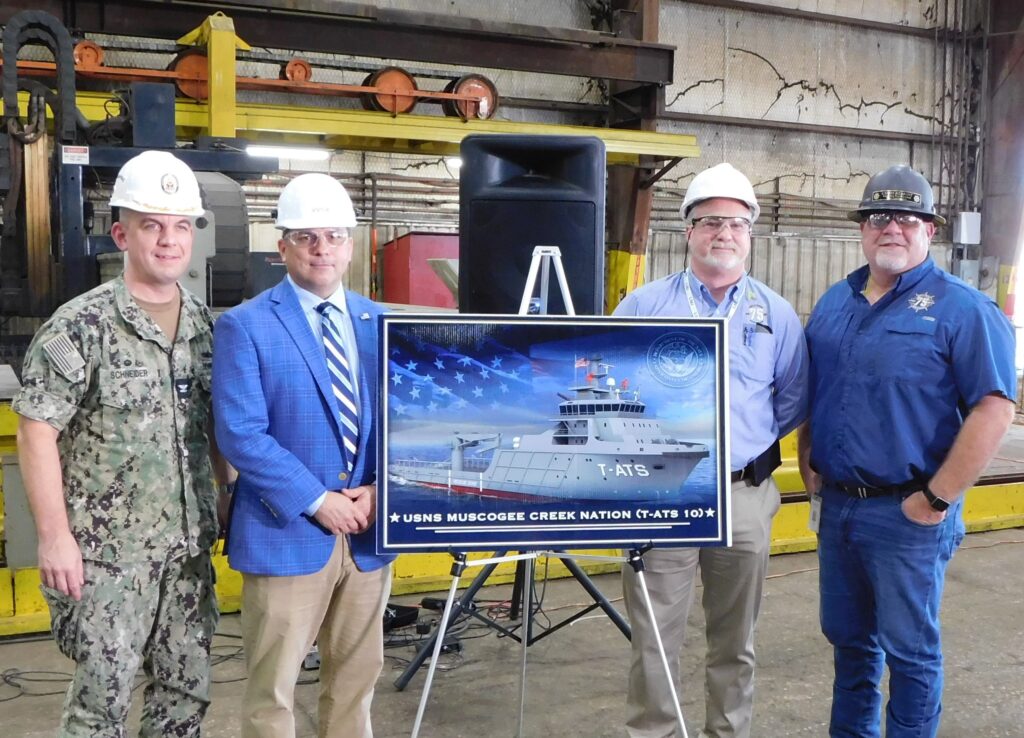
Release from Bollinger Shipyards
*****
USNS MUSCOGEE CREEK NATION is the fifth Bollinger-built T-ATS
T-ATS to replace the aging Safeguard-class rescue and salvage ships and Powhatan-class tugboats
Pascagoula, MS — (March 7, 2023) – Joined by senior U.S. Navy officials at Bollinger Mississippi Shipbuilding, Bollinger Shipyards LLC (“Bollinger”) last week officially commenced construction of the future USNS MUSCOGEE CREEK NATION, the tenth Navajo-class Towing, Salvage and Rescue Ship (“T-ATS”) and the fifth T-ATS vessel being constructed by Bollinger since acquiring the program in April of 2021.
“Bollinger is honored to be entrusted by the Navy to build the Navajo-class Towing, Salvage and Rescue Ship. We’re excited to be able to utilize our newly acquired facility in Pascagoula to maximize our mobility and efficiency on the T-ATS program as we officially kick off construction on the fifth of five T-ATS ships to be built by Bollinger,” said Ben Bordelon, President and CEO of Bollinger Shipyards. “The T-ATS program is an important part of our expanding portfolio and relationship with the Navy as we work to support critical fleet modernization efforts. Maximizing Bollinger Shipyards resources across the Gulf Coast is something we’re incredibly proud of. This program sustains jobs in both our facilities between Houma and Pascagoula.”
The Navajo-class provides ocean-going tug, salvage, and rescue capabilities to support fleet operations, and are tasked with coming to the aid of stricken vessels. Their general mission capabilities include combat salvage, lifting, towing, retraction of grounded vessels, off-ship firefighting, and manned diving operations. The T-ATS platform replaces and fulfills the capabilities that were previously provided by the Powhatan-class Fleet Ocean Tug (T-ATF 166) and Safeguard-class Rescue and Salvage Ships (T-ARS 50) class ships.
Named for the Muscogee Creek Nation, the ship honors the self-governed Native American tribe located in Okmulgee, Oklahoma. The Muscogee people are descendants of not just one tribe, but a union of several. Muscogee Creek Nation is the largest of the federally recognized Muscogee tribes, which is the fourth largest tribe in the U.S. with more than 86,000 citizens – some of which have or continue to serve across the U.S. Armed Forces. This will be the first Navy vessel to carry the name Muscogee Creek Nation.
In addition to T-ATS 10, Bollinger is constructing USNS Navajo (T-ATS 6), USNS Cherokee Nation (T-ATS 7), USNS Saginaw Ojibwe Anishinabek (T-ATS 8) and the USNS Lenni Lenape (T-ATS 9).
About the Navajo-class Towing, Salvage and Rescue Ship Platform
The Navajo-class is a new series of towing, salvage and rescue ships (T-ATS) being constructed for the U.S. Navy. The Navajo-class is a multi-mission common hull platform that will be deployed to support a range of missions such as towing, rescue, salvage, humanitarian assistance, oil spill response and wide-area search and surveillance operations using unmanned underwater vehicles (UUV) and unmanned aerial vehicles (UAV). The vessels will replace the existing Powhatan-class T-ATF fleet ocean tugs and Safeguard-class T-ARS rescue and salvage ships in service with the US Military Sealift Command.
About Bollinger Shipyards LLC
Bollinger Shipyards LLC (www.bollingershipyards.com) has a 76-year legacy as a leading designer and builder of high performance military patrol boats and salvage vessels, research vessels, ocean-going double hull barges, offshore oil field support vessels, tugboats, rigs, lift boats, inland waterways push boats, barges, and other steel and aluminum products from its new construction shipyards as part of the U. S. industrial base. Bollinger has 14 shipyards, all strategically located throughout Louisiana with direct access to the Gulf of Mexico, Mississippi River and the Intracoastal Waterway. Bollinger is the largest vessel repair company in the Gulf of Mexico region.
